Most turkey owners can admit to having had a tough time getting the attention of their birds at some point in time.
However, this isn’t something you want to experience regularly. Fortunately, there are several tips you can use to train your turkeys to heed your call.
Establish a consistent routine, use treats, and use a distinct call to train your turkeys to come when you want them to.
You can also start young and establish a safe and comfortable environment that allows you to nurture their attention.
Turkeys can be stubborn, but the right approach can help you fine tune their behaviors. Here’s what you can do to train them gradually:
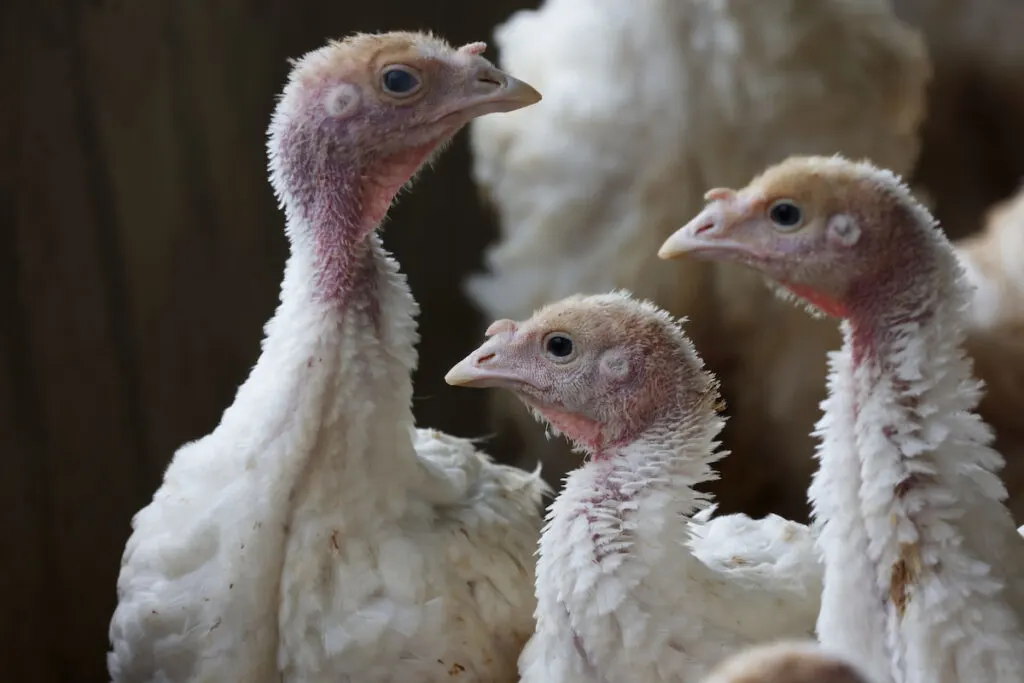
Table of Contents
1. Start Young
The best time to start training your turkeys is when they are young. Handling and bonding with poults requires paying attention to details.
Ideally, significant changes in environmental factors and management of the flock have been associated with stress.
It is essential to approach your poults gently as they are sensitive and can easily be frightened or stressed by loud noises.
First, build their trust through subtle vocalizations or talking to them softly to help them associate you with positive energy, making them more likely to respond to your call.
Mostly, turkeys communicate with each other through clucks, which is one way they seek attention from others. You can also do purrs, cutting calls, or gentle whistles.
This video shows poults’ reaction to a whistle:
2. Use Treats
Like most animals, turkeys respond well to treats. You can choose a wholesome treat such as mealworms, cracked corn, or small pieces of fruit.
Treats can help you lure the turkeys towards you and associate your call with good things.
The smell and taste of the meal can entice them to come closer and stay longer.
The more you show up with the treats, the higher the likelihood of your turkeys recognizing your call as a signal for food, making it easier to lure them toward your desired location.
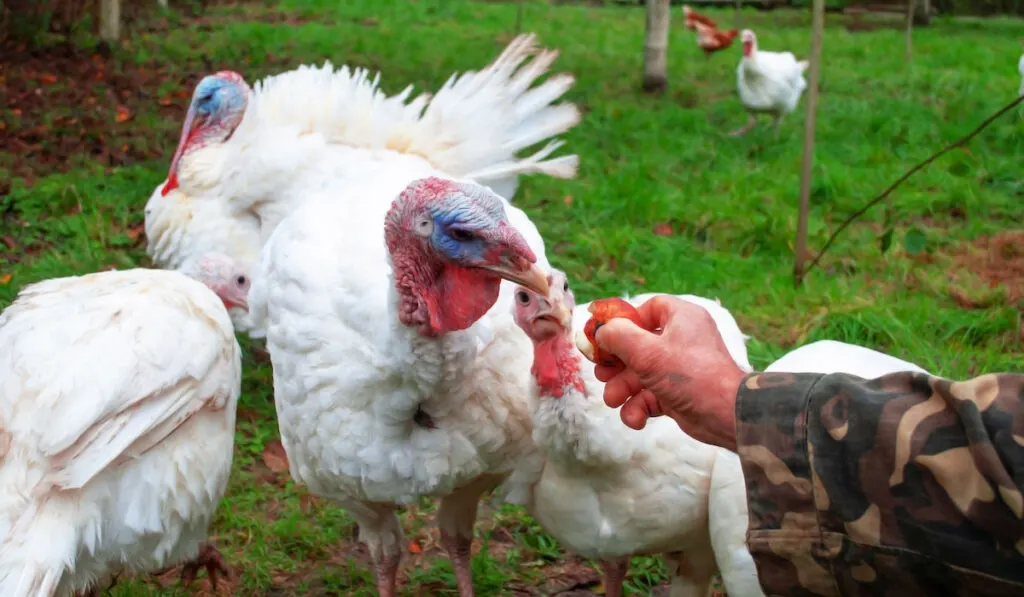
3. Use the Same Tools for Offering Treats
Treats are great, but you equally need to pay attention to the kind of containers you use to offer these treats to keep the momentum going.
Whether using a scoop, a feed bag, or a bucket, using the same thing daily will see them run toward you whenever you’re coming.
These tools work just as well for treats as they do for regular feed. Just make sure to clean them thoroughly between uses to avoid any contamination.
4. Be Consistent
When training any animal, consistency matters. It’s better to use the same short and gentle cluck every time you frequent their spot than move between various vocalizations every other day.
Using the same tone and length of calls can make all the difference in your success. This way, you can trick even the most cautious turkey into coming closer.
So, whether you’re yelping, clucking, or putting, remember to do it the same way every time to nurture their trust.

5. Use a Distinct Call
Another promising trick is to use distinct calls. Your call should be unique, and one that your turkeys can easily differentiate from other calls.
A bold and distinct vocalization will grab their attention and make them curious about what you have for them. Mastering the art of the call will help you create a sense of familiarity with the turkeys.
A well-executed call requires practice and dedication from your end. Develop the skills needed to mimic turkey sounds and their unique language.
The ability to speak their language effectively will bring them closer to you, including deepening their trust in you.
6. Train in a Safe Environment
The key to successful turkey training is establishing a positive relationship with the birds and creating a sense of safety between them and you.
This will allow them to respond reliably to your call and make the process a more enjoyable and successful experience.
Provide a safe and inviting environment, such as an indoor space with predator-proofing for your turkeys to learn and grow. You can start with a small, enclosed area before moving to a larger space.
An enclosed environment will make it easier for them to easily master your call, movements, or routine. As a result, they will know how to react to your actions.
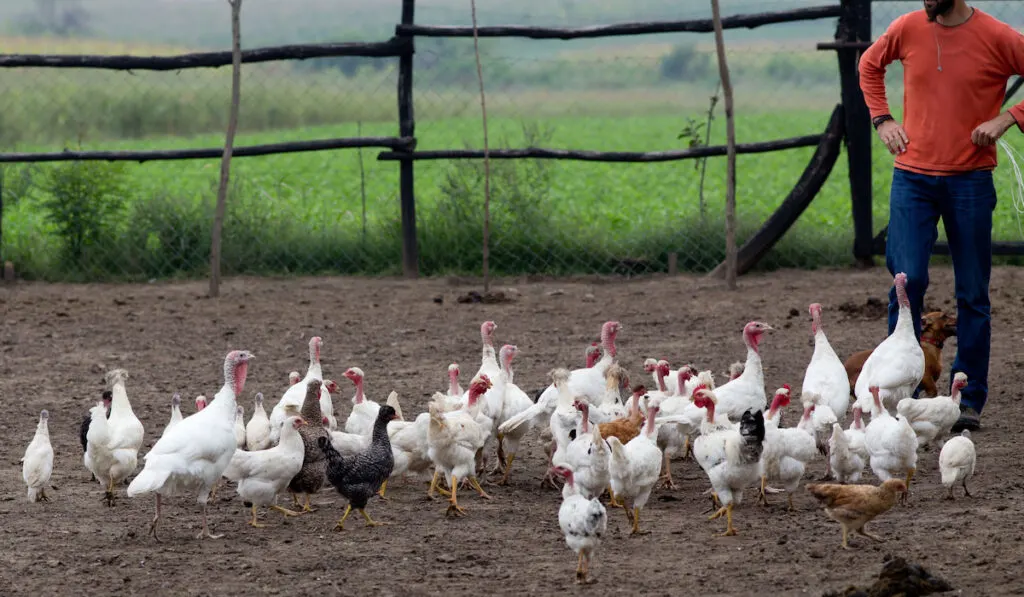
7. Be Patient With Them
Patience is also another vital trait you need to develop through the journey. While you may easily get frustrated whenever you receive an adverse reaction upon calling your turkeys, don’t give up.
Keep practicing with every chance you get. You can include wholesome rewards whenever your turkeys heed your call.
8. Train in Short Sessions
Sometimes it can be tempting to do it all at once. However, this isn’t the way to go, especially when introducing new activities or training new behaviors.
Training the turkeys in intervals and small sessions is one way to get their attention and have them do what you want.
You can start with five to ten minutes sessions and gradually extend the time as they become more comfortable.

9. Spend Time With Them
Finally, sparing time to bond with your turkeys can help you go a long way. Don’t just rely on feeding or calling them and leaving as soon as they respond.
Turkeys are social animals, and they love interaction with their owners. Spending time with them strengthens the bond between you and your birds and increases their trust in you.
Quality time spent will help them associate your presence with positivity and affection. Giving them your undivided attention will make it easier to call them and have them run to you over time.
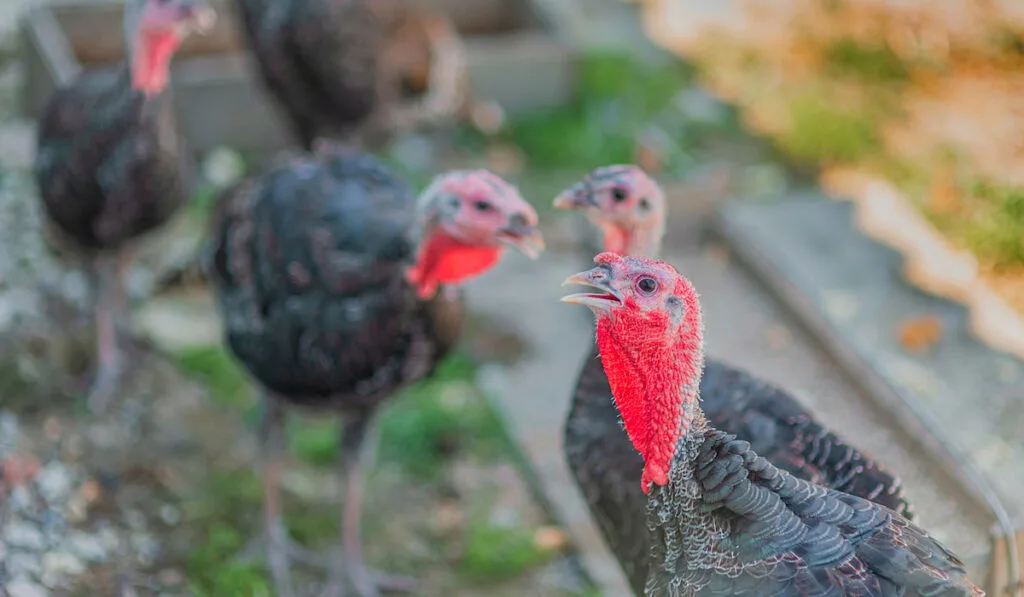
FAQ
You can use words such as “yelp,” “cluck,” “purr,” “chirp,” and “cholk” for turkey calls. These words mimic the sounds of a real turkey, which can help you fool the bird into thinking they are hearing the natural sound.
However, use proper timing and tone when vocalizing these words.
The best source of attraction for turkeys is corn. Turkeys are big fans of corn and will go to great lengths to get their fill.
Whether setting up a feeder or scattering corn on the open ground, this attractant will surely draw turkeys to your location.

To get your turkey to come closer, create a safe and secure environment for them. You can set up a feeding station in an easily accessible area and stock it with the turkey’s favorite food and treats. You can also use enticing calls and give them space to come.
You can call a turkey for 15-20 minutes or so. This period allows you to establish communication with the turkey and gauge its interest without overwhelming it with too much noise.
The easiest turkey call is the box call. Box calls consist of a wooden box and a paddle, which creates the sound of a turkey when moved back and forth across the box’s surface.
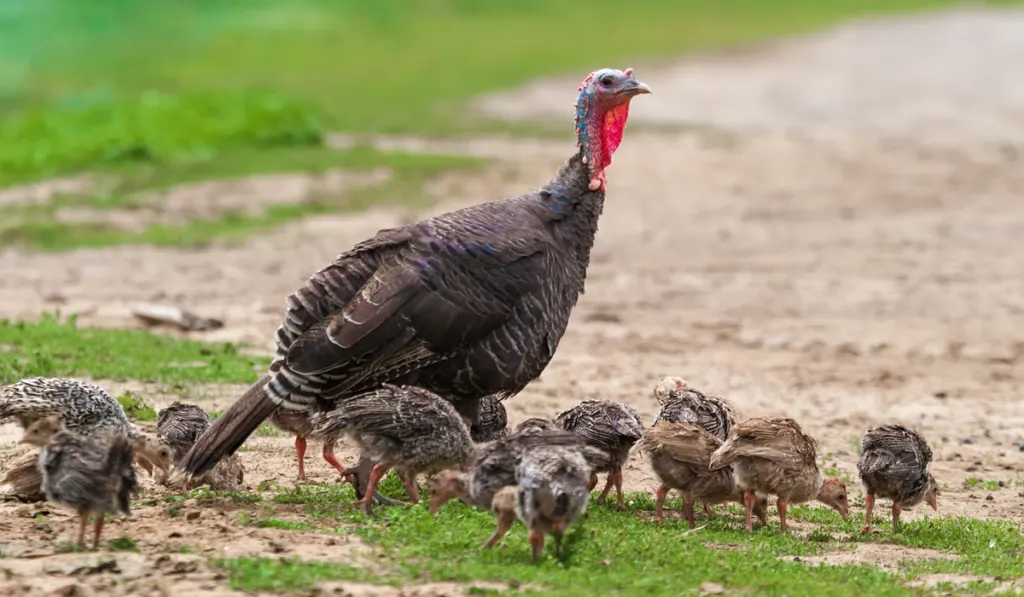
Conclusion
Training your turkeys to come when called takes a carefully planned strategy and patience.
Using treats, a distinct call, or short calling sessions will help your turkeys associate coming to you with something positive. With these and other tips, you’ll have your turkeys trained quickly!
You can always start small and gradually improve your strategies.
Also, remember that turkeys are intelligent animals and may require different approaches to training. So, choose what works best for your flock, and you’ll reap the benefits sooner than expected.
Resources
- https://medcraveonline.com/JDVAR/stress-in-poultry-focus-on-turkeys-causes-mechanism-consequences-diagnostics-and-prevention.html
- https://myodfw.com/learn/tip/sounds-turkey-makes
- https://www.dnr.sc.gov/wildlife/turkey/sound/turkeysound_index.html
- https://farmhouseguide.com/what-to-feed-a-turkey/
- https://opensanctuary.org/building-a-good-home-for-turkeys/
- https://www.fourpawsusa.org/campaigns-topics/topics/farm-animals/10-facts-about-turkeys#
